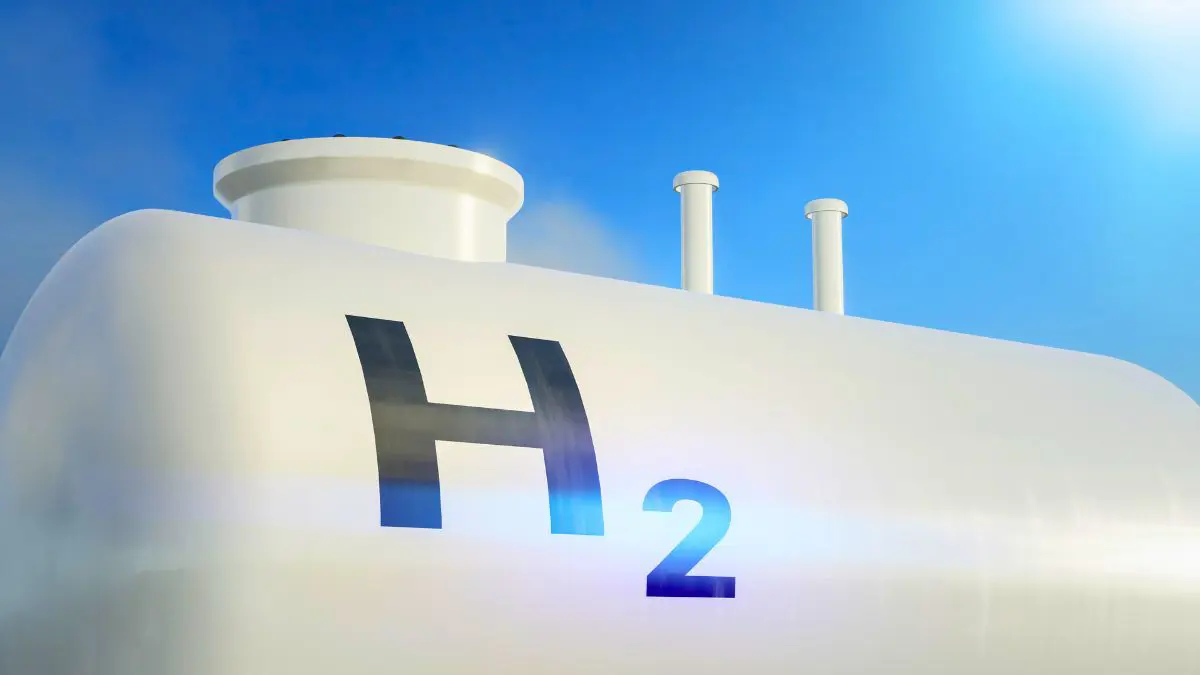Bengaluru researchers develop solar-powered device to produce hydrogen by splitting water
By Unnikrishnan | 23 Jun 2025

Scientists at the Centre for Nano and Soft Matter Sciences (CeNS), Bengaluru, have developed a scalable model of a new device that uses solar energy to split water molecules to produce green hydrogen.
Green hydrogen is considered as the best option to replace fossil fuels for powering vehicles as well as storing energy that would help clean up the ecology, but there is no affordable and efficient method of producing green hydrogen so far.
The research team, led by Ashutosh K Singh, used an n-i-p heterojunction architecture, comprising stacked n-type TiO2, intrinsic Si, and p-type NiO semiconductor layers to design an all-new silicon-based photoanode for better charge separation and efficient energy transmission.
To ensure precision and efficiency, the team used the magnatron sputtering technique to deposit materials that allowed better light absorption, faster charge movement and lower recombination loss. The scalability of the device also made the solar-to-hydrogen conversion technology industry-ready.
The device achieved a surface photovoltage of 600 mV and a low onset potential of around 0.11 VRHE, making it highly effective in generating hydrogen using solar energy. It also showed exceptional long-term stability, showing just 4 per cent drop in performance while operating continuously for over 10 hours in alkaline conditions.
The new device is highly efficient, consumes very low energy, highly durable, and involves low-cost materials. In fact, the device using a scaled-up model with 25 cm2 photoanode also showed excellent performance in solar water-splitting.
Singh and his team hopes to further improve the technology to develop hydrogen-based devices to power homes and factories.
Bengaluru-based CeNS is an autonomous institute under the Department of Science and Technology (DST).







.webp)














